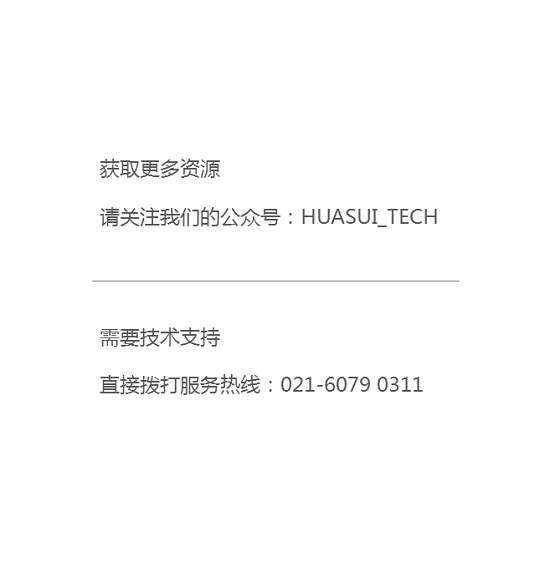One-stop technical support and services
Our solutions are based on product configuration management, covering the entire product lifecycle from verification, design, production to maintenance. We provide one-stop solutions and technical support services for you.

Pre-sales solution consultation
The core team members have more than 10 years of experience in test and measurement system development, are familiar with various industrial scenarios, and can customize complete solutions according to your actual application scenarios

Project Solution Verification
Huasui has completed multiple national key projects by utilizing long-term accumulated engineering experience. We'll provide professional project verification consulting services according to your needs, ensuring smooth progress for your project

Technical personnel training
Strong R&D and technical team, able to provide customers with professional software training services. You can directly contact us to purchase, our engineers will provide on-site teaching for you

System installation and debugging
Experienced technical support team, dedicated to solving engineering faults and difficulties for customers, one-stop coverage of test system installation, debugging and operation, while providing professional technical guidance

Product Calibration and Maintenance
For product failures occurring on the client side, we respond to customers immediately, promptly confirm faults, perform calibration and maintenance to ensure customer satisfaction

System Maintenance and Upgrade
Huasui Technology keeps pace with industry development, focusing on the upgrade and iteration of new products, and can quickly provide maintenance and upgrade services for testing systems based on customers' actual applications and needs
